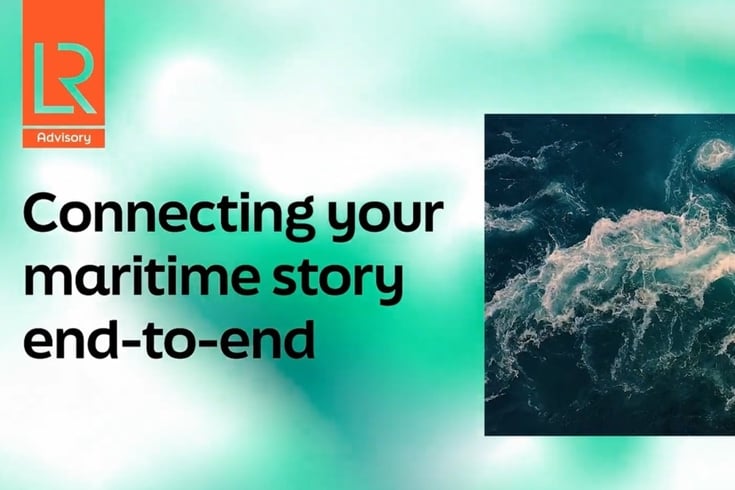In a world of change and uncertainty, shipping and energy markets can be volatile. By providing expert guidance on regulatory changes, technological advancements, and market trends, we help organisations make informed decisions and stay ahead of the curve.

Underpinning LR Advisory Services are the following principles:
Integrity: LR’s people always do the right thing for clients. That means listening, challenging where needed, and delivering the right solutions to help you achieve your goals.
The Ocean Economy: LR’s overarching focus is the global ocean economy. LR’s advisors live and breathe this truth to create the ideas that will shape its future, making it safer, more sustainable and more prosperous.
Adaptation: Those who can adapt to the biggest issues facing the ocean economy will succeed. LR co-develops solutions with you when there are no easy answers.
Techno-economic Expertise: As part of Lloyd’s Register group, cutting-edge technical expertise has been a core value for more than 260 years. Today, LR’s commercial advisors dive deep to understand your unique challenges and opportunities.















